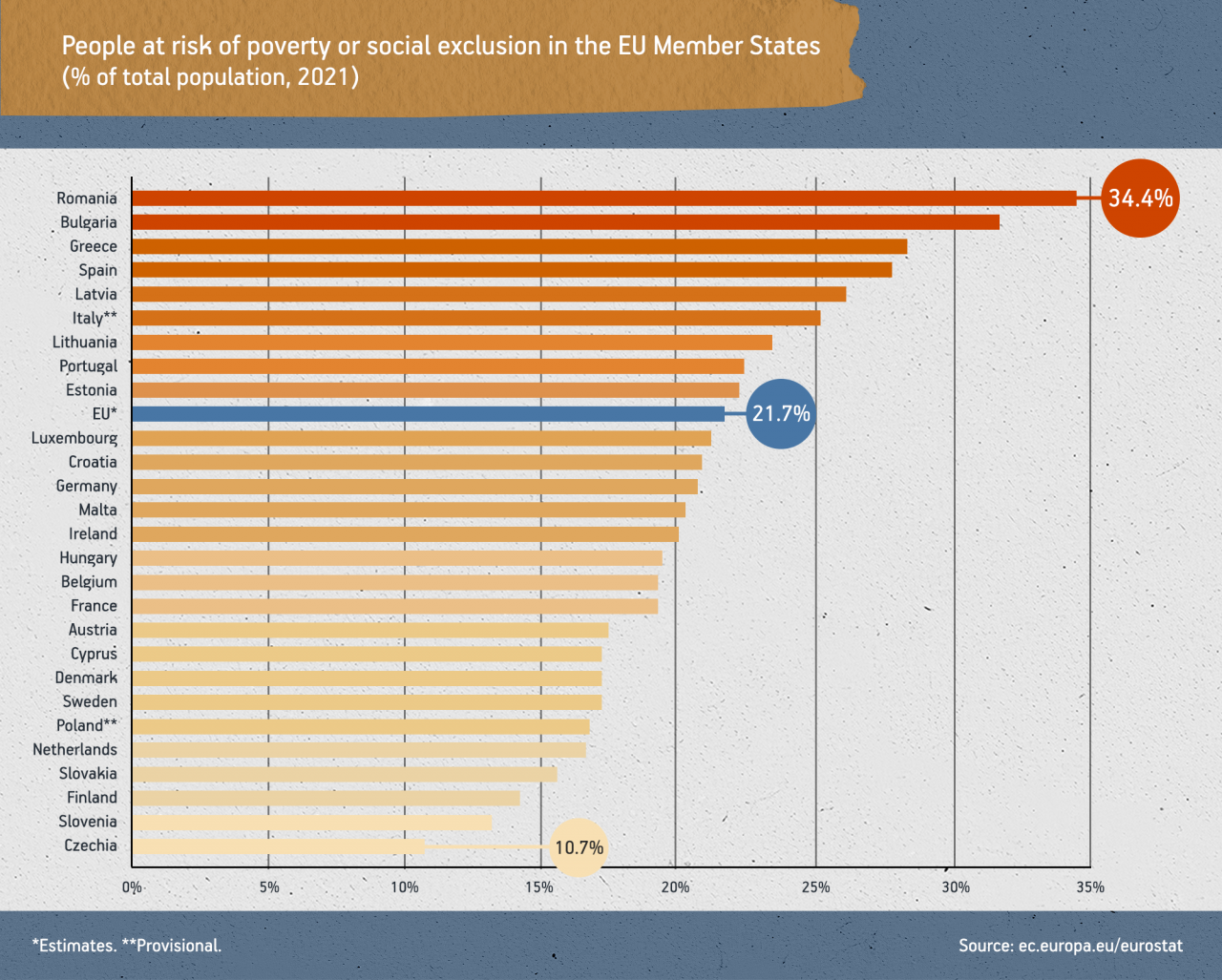This is quite a bit higher than the same metric from KSH in 2021, which shows 12.2 percent of the Hungarian population being at risk of poverty. However, these numbers usually lack perspective and context. Looking at the big picture is more than necessary to show the results of the paradigm shift that happened after the disastrous reign of the socialist government that ended in 2010.
This shift starting in 2010 was not only an overhaul of previous social policy but a ground-up conservative reimagining of the field.
We not only switched from the previous administration’s benefit and social welfare-based system to one that incentivizes work and puts Hungarian families at its forefront, but later on when the turbulent years of the 2020s started, we decided to put all efforts into protecting our people.
“Give a man a fish, and you feed him for a day. Teach a man to fish, and you feed him for a lifetime,” goes the saying.
And nothing illustrates this notion better than if we compare data from the early 2000s until the start of the 2020s, which brought the pandemic and a misguided sanctions policy as a result of the devastating war next door.
Using the same poverty and social exclusion metric as a benchmark, Hungary was in a tough spot. In 2005, under the socialist government, a whopping 32.1 percent of Hungarians were at risk of poverty.
This sorry state carried on much until the inevitable downfall of the Gyurcsány government amidst a global economic crisis that saw the poverty rate creep up to 34% until the national government started to put a decisive end to it around 2014.
This is tied to creating a work-based economy, which was the main driving force behind dismantling the decades-old approach of the Left in this field.
At the time the conservative government took over after the economic and political crisis, the unemployment rate in Hungary was a whopping 10 percent. This then declined until we reached its lowest level of 2.9 percent in 2019.
And while the coronavirus pandemic somewhat put a halt to this historic achievement, we have been able to keep the unemployment rate under 4% in the turbulent years of the 2020s so far.
This means that 74.5 percent of Hungarians are employed; they use their talents in the labor market, pay taxes, build homes and all in all benefit society, rather than standing in line for benefits.
Circling back to our original poverty and social exclusion dataset, we can see that due to the aforementioned efforts, we are way below the EU average of 21.7 percent, and even further below countries in our close proximity.
Going from 32.1 percent at risk of poverty in 2005 to 12.2 percent in 2021 is a massive accomplishment, and it was accompanied by a sharp decline in all other relevant metrics.
Sadly, it is in our opponents’ interest to paint these historic efforts in a negative light. But the proof of the success of social policies introduced by the Hungarian government in the past decade or so is made clear by the data.
A motto of mine, you might have heard in our podcast “The Bold Truth About Hungary,” is that “we say what we mean, and mean what we say.”
Therefore, all I can say is that the Hungarian government promised that Hungary would come out as a winner from these turbulent years we have had to endure.
We demonstrated that we could do it and that our model works against all the wishes of the globalist left.
And we will continue to do so.

